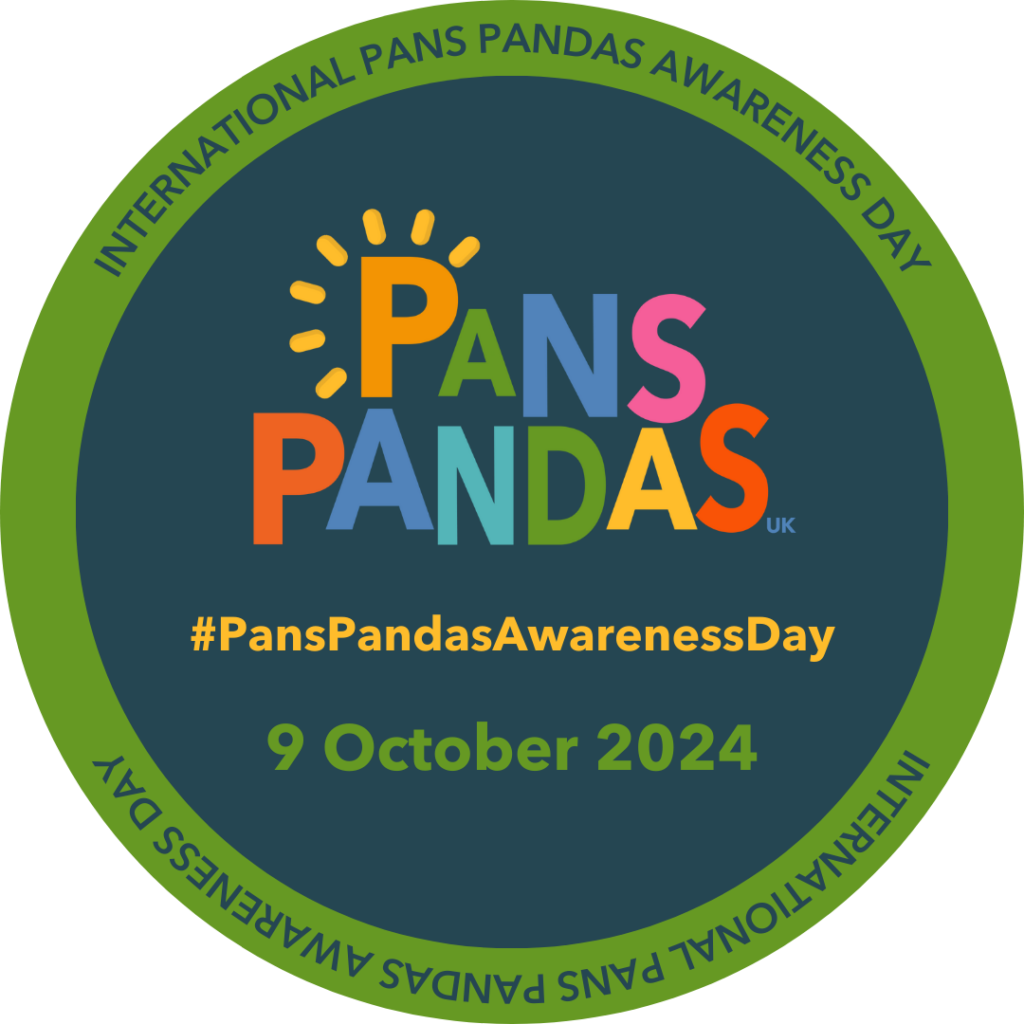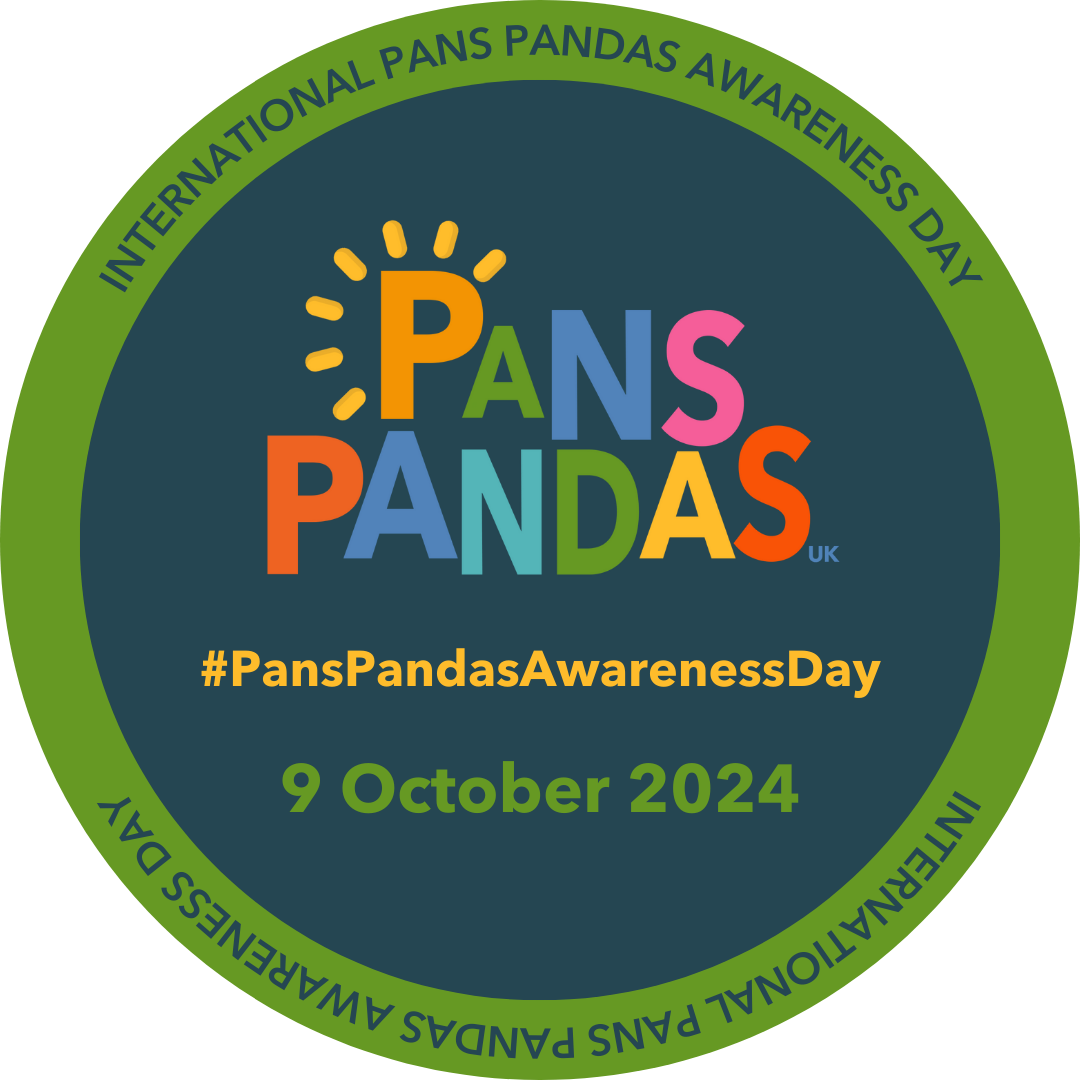Have you noticed a child or young person with multiple unexplained changes in the classroom?

Could it be PANS or PANDAS?
| PANS – Paediatric Acute-onset Neuropsychiatric Syndrome PANDAS – Paediatric Autoimmune Neuropsychiatric Disorder Associated with Streptococcal Infections |
PANS and PANDAS are post-infectious autoimmune and neuro-inflammatory conditions that impact both physical and mental health. They can be triggered by common infections like strep throat, chickenpox, or influenza and require diagnosis by a medical professional. Whilst PANDAS predominantly affects children, typically between the ages of 3 and 13, PANS can also occur in adults, and symptoms can persist beyond age 16. Both conditions are known for their relapsing and remitting nature, with symptom exacerbations colloquially referred to as flares. The NHS recognises both PANS and PANDAS, and multidisciplinary professionals across Psychiatry, Neurology, Immunology, Social Care and Education amongst others are actively working to gather data on their incidence, establish UK clinical guidelines, develop diagnostic pathways, and provide information for Education, Social Care, and Health professionals. Whilst we await the incidence data, there are more than 6,700 families on the PANS PANDAS Facebook support group reporting the onset of neuropsychiatric symptoms in their children and young people.
How do these conditions affect children and young people at school?
Children and young people with PANS and PANDAS can abruptly go from doing well in school to experiencing a range of difficulties. These can include developing obsessive thoughts and behaviours, tics, anxiety, behaving in younger way, anger, eating issues and problems sleeping. In some cases, children and young people can develop unexpected special educational needs. “As you will understand we are all very concerned about this child. The rapidity of change and the extreme level of anger in his behaviour is exceptional. I am aware that, although uncommon, it is possible for a physical reason to result in such a change in behaviour. I have spoken to his parents about this and suggested that medical advice is sought as I feel it is urgently necessary for all possibilities to be investigated to help this child return to feeling and behaving as himself. Headteacher of a child subsequently diagnosed with PANS. Sometimes children and young people also have sensory issues, hallucinations and thoughts of harming themselves.* These issues can come and go with symptoms changing a lot over time. Families also report that neurodivergent children and young people can be particularly susceptible to misdiagnosis. The key thing is to note whether these symptoms are different from the child or young person’s typical presentation, and to give due attention to the scope of the new impacts. Not all children and young people will have every symptom.
Key Characteristics of PANS and PANDAS
- Individual presentation is unique, though key symptoms present in line with diagnostic criteria
- Unexpected, often dramatic onset and potential breadth of areas impacted.
- Unexpected development of learning difficulties, distinct from many other conditions where signs typically emerge over time and are more stable.
- A continually shifting and confusing profile of signs and symptoms within a relapsing and remitting course.
- Atypical deterioration of developed skills, for example fine or gross motor skills in an older child
- Shared and overlapping symptom profile with for example Autism, ADHD, and anxiety disorders, amongst others
- Emerging evidence to suggest that the conditions can have longer-term impacts for a child or young person’s educational profile in some cases.

How can schools provide support?
If you suspect that a child or young person may have PANS or PANDAS, then keep a log or diary of the symptoms at school and speak to the child’s parent’s/caregivers. It is not unusual for children or young people to present differently at home to at school. Schools can help by providing evidence and assessments of the early changes to support the child or young person and their family at a GP appointment. Schools can also put in additional support and work together collaboratively with any other professionals involved in the child’s care. In cases of PANS or PANDAS, it is crucial to accurately pinpoint the underlying cause of the symptoms at an early stage. A lack of training and awareness coupled with overlapping signs with Autism, ADHD and anxiety disorders amongst others can easily lead to a delay in diagnosis, prompt treatment and unhelpful support strategies. Early identification and treatment are known to lead to much better outcomes. Teachers are in a crucial position to spot the early signs. *any child or young person with these symptoms should be evaluated by a medical professional. Tina Coope, Education Lead for PANS PANDAS UK PANS PANDAS UK is the only UK charity currently supporting families, children and young people living with the conditions. More health and education resources can be found here – https://panspandasuk.org/support-resources/

Further Education information resources include:
PANS and PANDAS: Developing Awareness and Effective Practice in Education https://www.edpsyched.co.uk/blog/pans-and-pandas SEND in the Expert podcast on PANS/PANDAS with Georgina Durrant https://podcasts.apple.com/gb/podcast/send-in-the-experts-with-georgina-durrant/id1598292028 What are PANS and PANDAS? https://issuu.com/nasenconnect/docs/nasen_summer24_singlepages_3839eece822706/41https://send-network.co.uk/posts/pans-and-pandas-questions-for-teachers






Responses